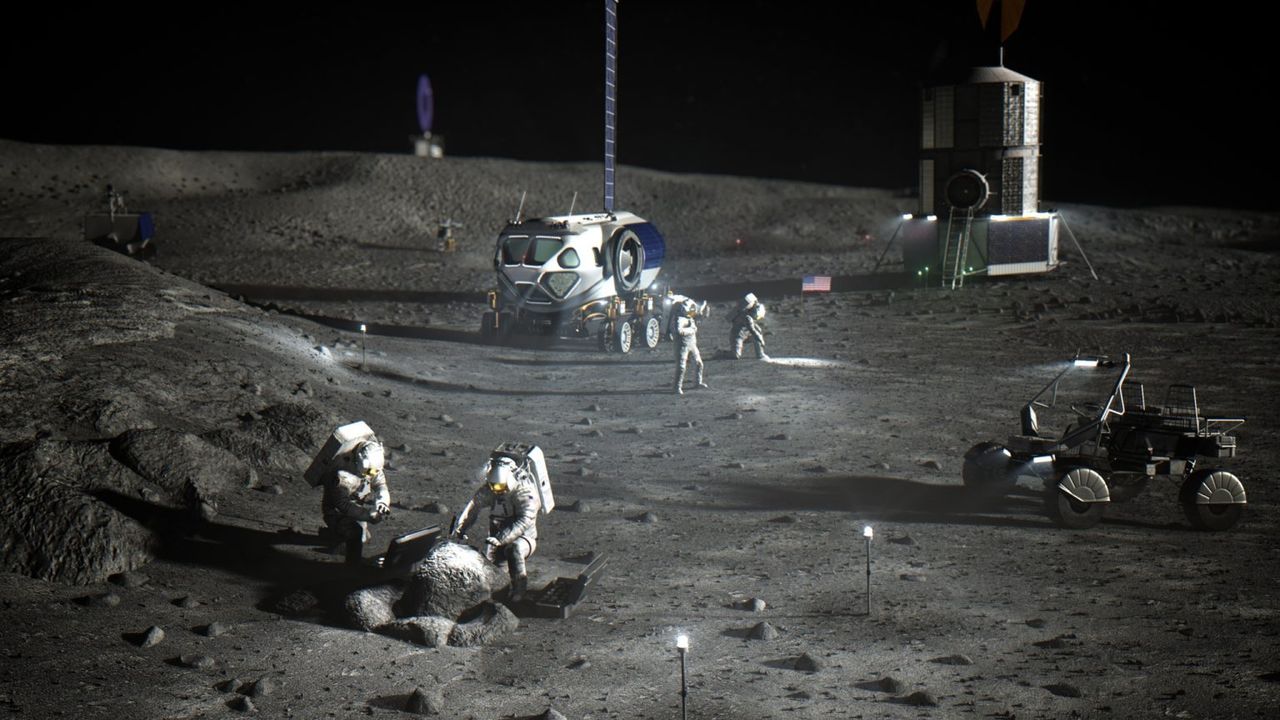NASA is advancing its ambitious plans to return astronauts to the moon, with the upcoming Artemis missions serving as a critical stepping stone toward future exploration of Mars. During a virtual workshop on September 10, 2023, Jacob Bleacher, chief exploration scientist at NASA, emphasized the agency’s focus on learning how to sustain human life on other celestial bodies.
Bleacher, whose expertise lies in planetary geology, outlined the broader goals of the Artemis program. The initiative aims to facilitate longer stays on the lunar surface compared to the short two- or three-day missions conducted during the Apollo era in the 1960s and 1970s. “We have learned from going to the moon in the past with Apollo, but we’re really on a different trajectory here,” he stated. “We want to begin to learn how to live away from the Earth.”
Workshop Insights and Scientific Priorities
The recent workshop was designed to gather input from scientists and community members regarding “science figures of merit.” These contributions will help evaluate and prioritize potential lunar landing sites based on their scientific value. Factors under consideration include understanding planetary evolution, studying lunar regolith, and exploring solar and physical sciences.
NASA’s recent efforts have been informed by a decade of research on the South Pole-Aitken basin, the targeted landing area for Artemis astronauts. This research has been highlighted as a priority in both the 2013 and 2023 planetary decadal surveys, which outline essential missions for the scientific community.
Artemis 4 is currently slated for launch no earlier than 2028. This follows the upcoming Artemis 2 mission, which is set to carry astronauts around the moon in April 2026. Notably, Artemis 4 astronauts are expected to spend six days on the lunar surface, collecting soil samples and conducting scientific observations.
Long-Term Lunar Presence and Commercial Collaboration
Selecting an exact landing site for Artemis 4 will require careful consideration, particularly in the moon’s south pole region, where ice and other essential resources may be located. Bleacher reiterated NASA’s commitment to developing the necessary infrastructure for extended lunar missions, emphasizing the need for collaboration with commercial partners.
“The expense and complication of lunar missions means NASA will continue to seek partners,” Bleacher noted. He highlighted the importance of fostering relationships with both U.S. commercial entities and international agencies, asking, “What do we — NASA, the United States government — need to put in place that welcomes and encourages that partnership?”
The Artemis program, which includes collaboration with numerous nations under the Artemis Accords, aims to establish an American-led framework for deep space exploration. Following the uncrewed Artemis 1 mission in 2022, which successfully orbited the moon, Artemis 2 will feature astronauts including NASA’s Reid Wiseman, Victor Glover, Christina Koch, and Canadian Space Agency’s Jeremy Hansen. Artemis 3 is expected to target a moon landing by 2027, contingent upon the readiness of SpaceX’s Starship Human Landing System.
As NASA sets its sights on a sustainable presence on the moon, the Artemis missions represent a pivotal shift in human space exploration, paving the way for future missions to Mars and beyond.




































































